Related Research Articles

Anita Shapira is an Israeli historian. She is the founder of the Yitzhak Rabin Center, professor emerita of Jewish history at Tel Aviv University, and former head of the Weizmann Institute for the Study of Zionism at Tel Aviv University. She received the Israel Prize for History in 2008.

David Tartakover is an Israeli graphic designer, political activist, artist and design educator.
Adi Ophir is an Israeli philosopher.

Yossi Dahan is a law professor and the Head of the Human Rights Division at the College of Law and Business. He is the chairperson and cofounder of Adva Center, an editor and cofounder of Haokets.org, and teaches philosophy at the Open University. Dahan is an expert in labor law, workers' rights and global justice, theories of social justice, the right to education and educational justice.

The Van Leer Jerusalem Institute (VLJI) is a center for the interdisciplinary study and discussion of issues related to philosophy, society, culture, and education. The Institute was established in to create a body of knowledge and discourseto give expression to the wide range of disciplines and opinions in Israel. The contribution of a core of renowned scholars facilitates the implementation of reforms and new approaches in various social spheres.
Yehouda Shenhav is an Israeli sociologist and critical theorist. He is known for his contributions in the fields of bureaucracy, management and capitalism, as well as for his research on ethnicity in Israeli society and its relationship with the Israeli-Palestinian conflict.

Itamar Rabinovich is the president of the Israel Institute. He was Israel's Ambassador to the United States in the 1990s and former chief negotiator with Syria between 1993 and 1996, and the former president of Tel Aviv University (1999–2007). Currently he is professor emeritus of Middle Eastern History at Tel Aviv University, distinguished global professor at New York University and a distinguished fellow at the Brookings Institution.
David Passig is an Israeli futurist. He specializes in technological futures, as well as social and educational futures. He is an associate professor at the Bar-Ilan University in Israel. He heads the Graduate Program in Information and Communication Technology and the Virtual Reality Laboratory at the School of Education.

Sami Shalom Chetrit is a Moroccan-born Hebrew poet an inter-disciplinary scholar and teacher, and Israeli social and peace activist.
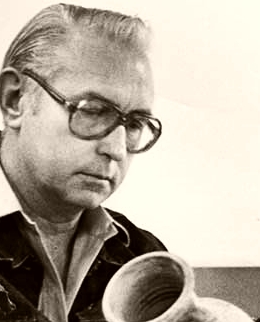
Anson Frank Rainey was professor emeritus of ancient Near Eastern cultures and Semitic linguistics at Tel Aviv University. He is known in particular for contributions to the study of the Amarna tablets, the noted administrative letters from the period of Pharaoh Akhenaten's rule during the 18th Dynasty of Egypt. He authored and edited books and articles on the cultures, languages and geography of the Biblical lands.

Trumpeldor Cemetery, often referred to as the "Old Cemetery," is a historic cemetery on Trumpeldor Street in Tel Aviv, Israel. The cemetery covers 10.6 acres, and contains approximately 5,000 graves.

Yossi Goldstein is an Israeli historian and biographer. Goldstein's research focuses on Modern Jewish History, the History of Zionism, and the History of the State of Israel. Goldstein is a professor at the Faculty of the Social Sciences and the Humanities at the Ariel University Center. He has published biographies of Eli Horovitz, Levi Eshkol, Yitzhak Rabin and Golda Meir.

Ada Aharoni is an Egyptian-born Israeli poet, writer, lecturer, sociologist and peace researcher. She has published numerous books of peace poetry, historical novels, sociology, history, biography, drama, film-scripts, literary criticism, and children's books. In her work she often focuses on the "Second Exodus", the uprooting of the Jews from Egypt, following the establishment of Israel in 1948, which she personally experienced. Aharoni is the founder and world president of The International Forum for the Literature and Culture of Peace (IFLAC).
BINA: The Jewish Movement for Social Change is a Jewish non-profit organization and educational institution that offers pluralistic programs and forums for adults and young adults seeking to explore their Jewish roots. It was founded in 1996, and has centers in Tel Aviv, Jerusalem, Haifa and Beer Sheva, Israel. BINA means "wisdom" in Hebrew and is an acronym for "A Home for the Creation of Our Nation's Souls", a phrase coined by Hebrew poet Chaim Nachman Bialik.
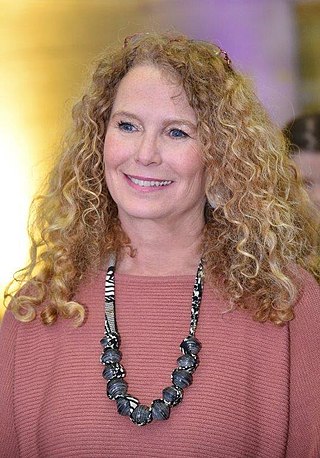
Galia Sabar is the president of Ruppin Academic Center, one of Israel leading public colleges. Prior, she was a professor of African Studies at Tel Aviv University and the Chair of African Studies at the Department of Middle Eastern and African History at Tel Aviv University, where she also served as the coordinator of African Studies at the S. Daniel Abraham Center for International and Regional Studies. Sabar has published seven books and dozens of articles in professional journals. In addition to her academic research, Sabar has been a leading social activist in Israel mainly in relation to Ethiopian immigrants as well as in partnership with various NGOs assisting African labor migrants and asylum seekers. In May 2009, in recognition of her work combining academic rigor with social activism, Sabar received the Unsung Heroes of Compassion Award, sponsored by the international organization Wisdom in Action and delivered by the 14th Dalai Lama.
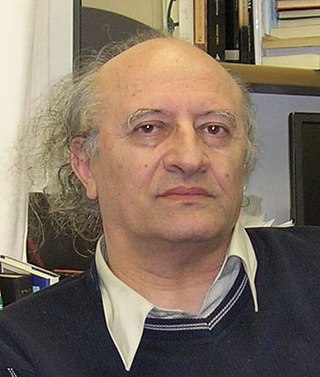
Moshe Idel is a Romanian-Israeli historian and philosopher of Jewish mysticism. He is Emeritus Max Cooper Professor in Jewish Thought at the Hebrew University, Jerusalem, and a Senior Researcher at the Shalom Hartman Institute.

Yoram Rabin is an Israeli law scholar. He is the president of the College of Management in Israel, the country's first and largest private college. In October 2015 Rabin was appointed legal adviser of the Israeli State Comptroller. Rabin has written and edited several books on public law, human rights and criminal law. He is one of the founding members of the Movement for Freedom of Information in Israel. In 2003/4, he was a member of the National Committee for Reform of Education.
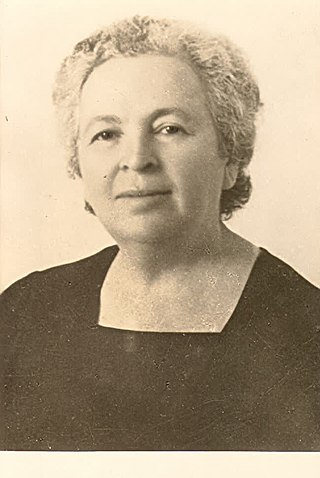
Yehudit Harari was an educator, teacher, kindergarten teacher, and writer, one of the founders of Tel Aviv. She was one of the founders of the "Hebrew Stage Enthusiasts Association" and a member of the Habimah Theater council, winner of the honorary prize for education of the Tel Aviv Municipality in 1965.
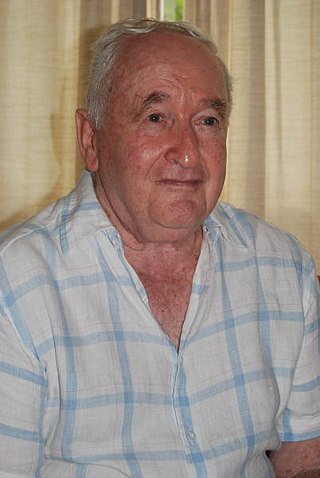
Emanuel Marx was a German-born Israeli social anthropologist, Professor Emeritus in the Department of Sociology and Anthropology at Tel Aviv University. He was a winner of the Israel Prize in 1998 for sociological research, and was an honorary member of the British Royal Anthropological Institute.

In Israel, the mixed cities or mixed towns are the eight cities with a significant number of both Israeli Jews and Israeli Arabs. The eight mixed Jewish-Arab cities, defined by the Israel Central Bureau of Statistics as those with more than 10% of the population registered as "Arabs" and more than 10% of the population registered as "Jews", include the following seven Israeli cities: Haifa, Lod, Ramle, Jaffa, Acre, Nof HaGalil, and Ma'alot Tarshiha. Approximately 10% of the Arab citizens of Israel live in these seven cities. The eighth city is Jerusalem, in which the Arab part of the city, East Jerusalem, has been annexed by Israel but is not recognized as such under international law.
References
- ↑ "Prof. Haim Hazan, Tel Aviv University, Faculty of Social Sciences". sciences.tau.ac.il.
- ↑ "פרופ' חיים חזן, Ph.D - מכון הרצג לחקר ההזדקנות והזיקנה". herczeg.tau.ac.il (in Hebrew). Retrieved 2018-08-23.
- ↑ Abuhav, O. (2015). In the Company of Others: The Development of Anthropology in Israel. Wayne State University Press.
- ↑ "Prof. Haim Hazan, Minerva Center". minervaeol.tau.ac.il.
- 1 2 Hazan, H. (1994). Old Age: Constructions and Deconstructions . Cambridge, UK: Cambridge University Press.
- 1 2 Hazan, H. (2015). Against Hybridity: Social Impasses in a Globalizing World. Cambridge, UK: Polity Press.
- ↑ Hazan, H. (1980). The Limbo People: A Study of the Constitution of the Time Universe among the Aged. London, UK: Routledge & Kegan Paul.
- ↑ Hazan, H. (1990). A Paradoxical Community: The Emergence of a Social World in an Urban Renewal Setting. London, UK: Jai Press.
- ↑ Hazan, H. (1992). Managing Change in Old Age: The Control of Meaning in an Institutional Setting . Albany, NY: State University of New York (SUNY) Press.
- ↑ Hazan, H. (1996). From First Principles: An Experiment in Ageing. Westport, CT: Bergin & Garvey.
- ↑ Hazan, H. (2001). Simulated Dreams: Israeli Youth and Virtual Zionism. New York: Berghahn Books.
- ↑ Hazan, H. (1988). Knowledge of Old Age: The Subject of Old Age in Socio-Anthropology Studies (in Hebrew). Jerusalem: Academon Press Publications.
- ↑ Hazan, H. (1992). The Anthropological Discourse: Issues in the Study of Man and Culture (in Hebrew). Tel Aviv: Ministry of Defense Publishing House (Misrad Habitachon).
- ↑ Hazan, H. (1998). "The Time of Place: An Anthropological Look on Rabin's Burial Ground". Multiculturalism in a Democratic and Jewish State, Ariel Rozen Zwi Memorial Book (in Hebrew). Tel Aviv: Ramot. pp. 59–92.
- ↑ Hazan, H. (2000). "Rabin's Burial Ground: Revisiting the Zionist Myth". In Peri, Y. (ed.). Assassination of Yitzhak Rabin. Stanford, CA: Stanford University Press. pp. 227–244.
- ↑ Hazan, H.; Monterescu, D. (2011). Twilight Nationalism: Life Stories of Arab and Jewish Elderly (in Hebrew). Jerusalem: Van Leer.
- ↑ Hazan, H.; Goldberg, A. (eds.). Marking Evil: Holocaust Memory in the Global Age. Berghahn Books.